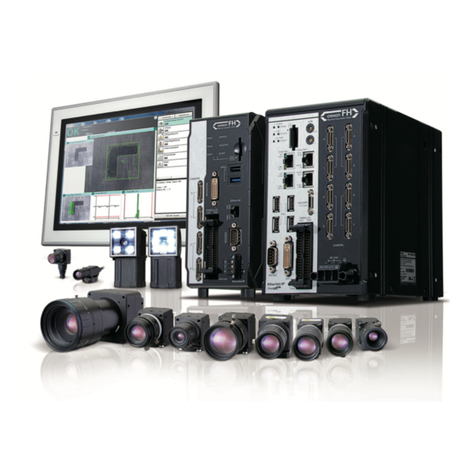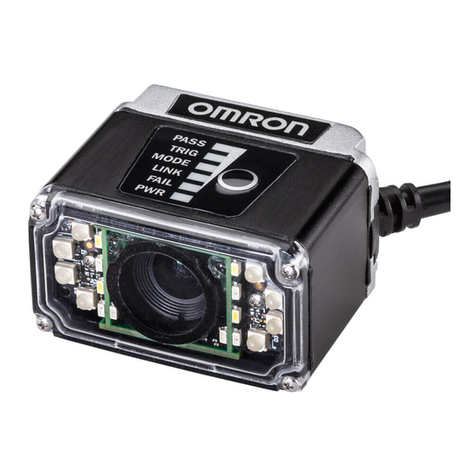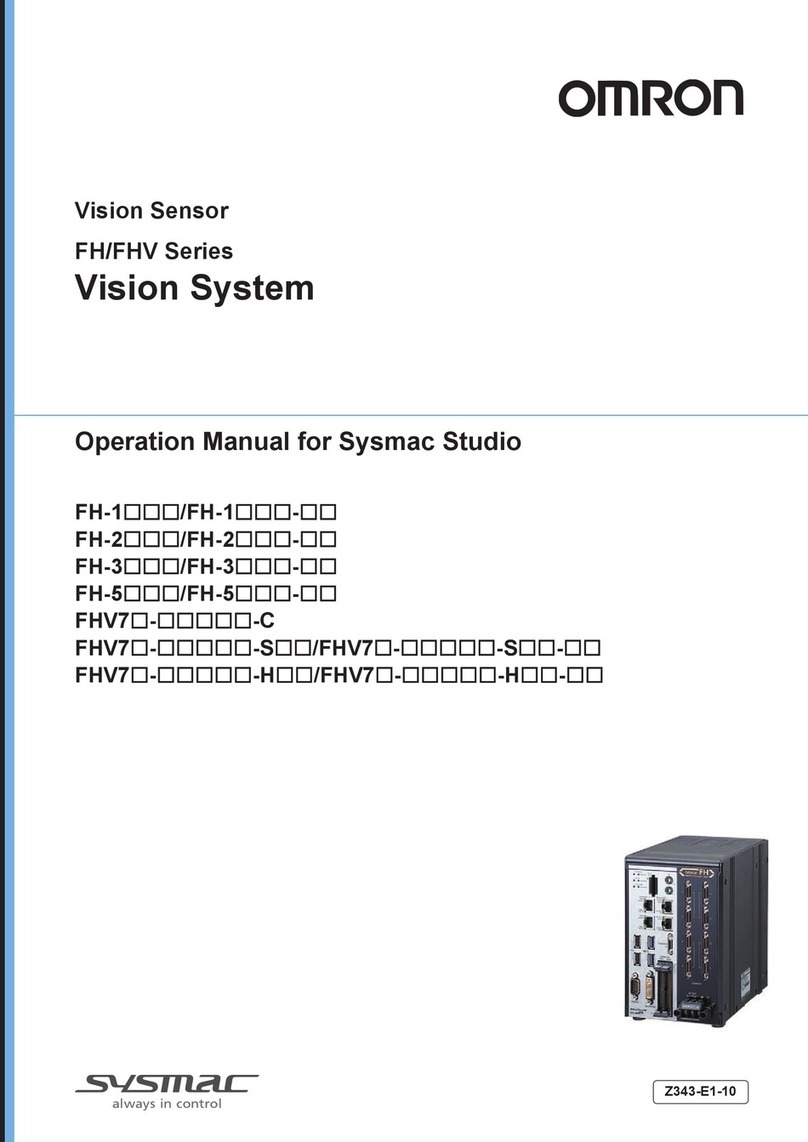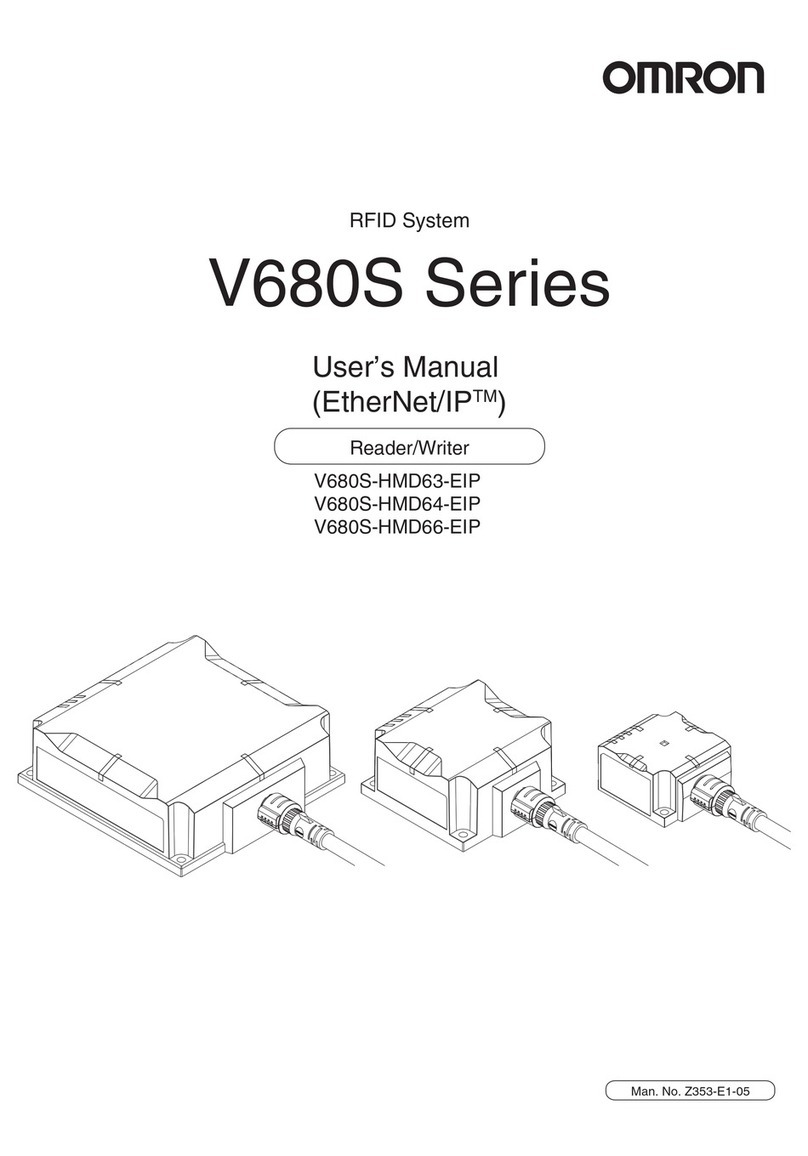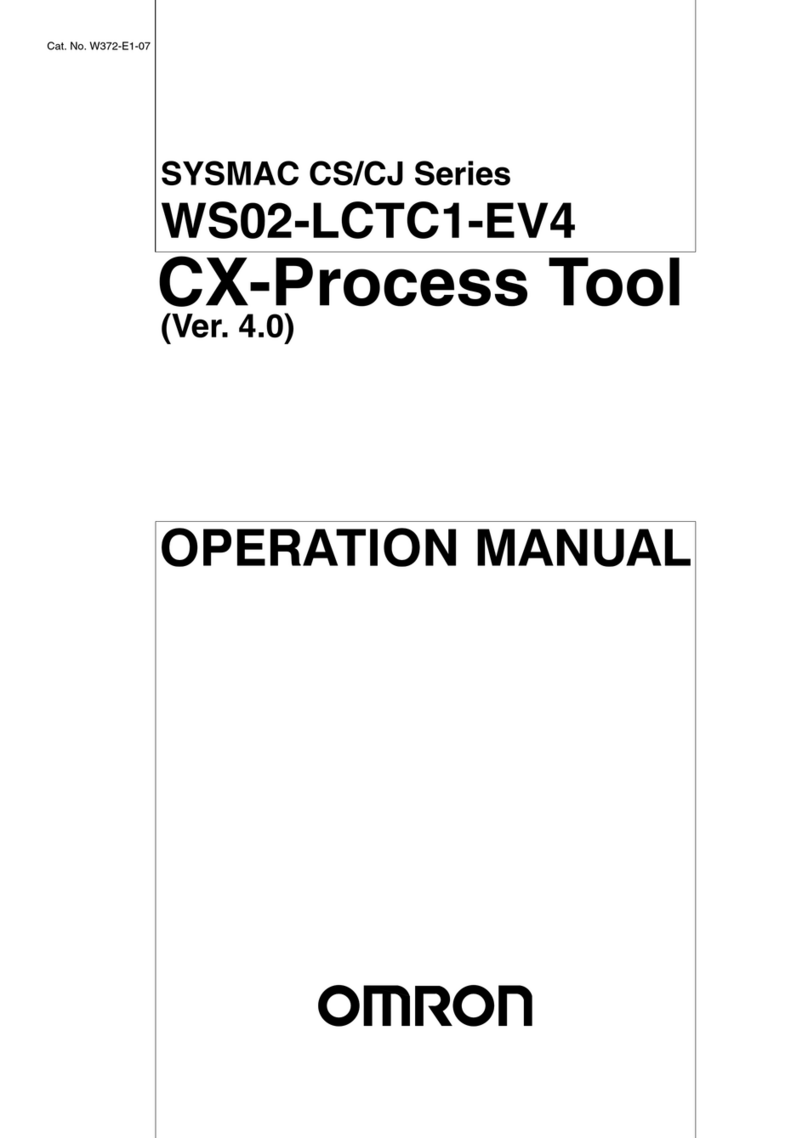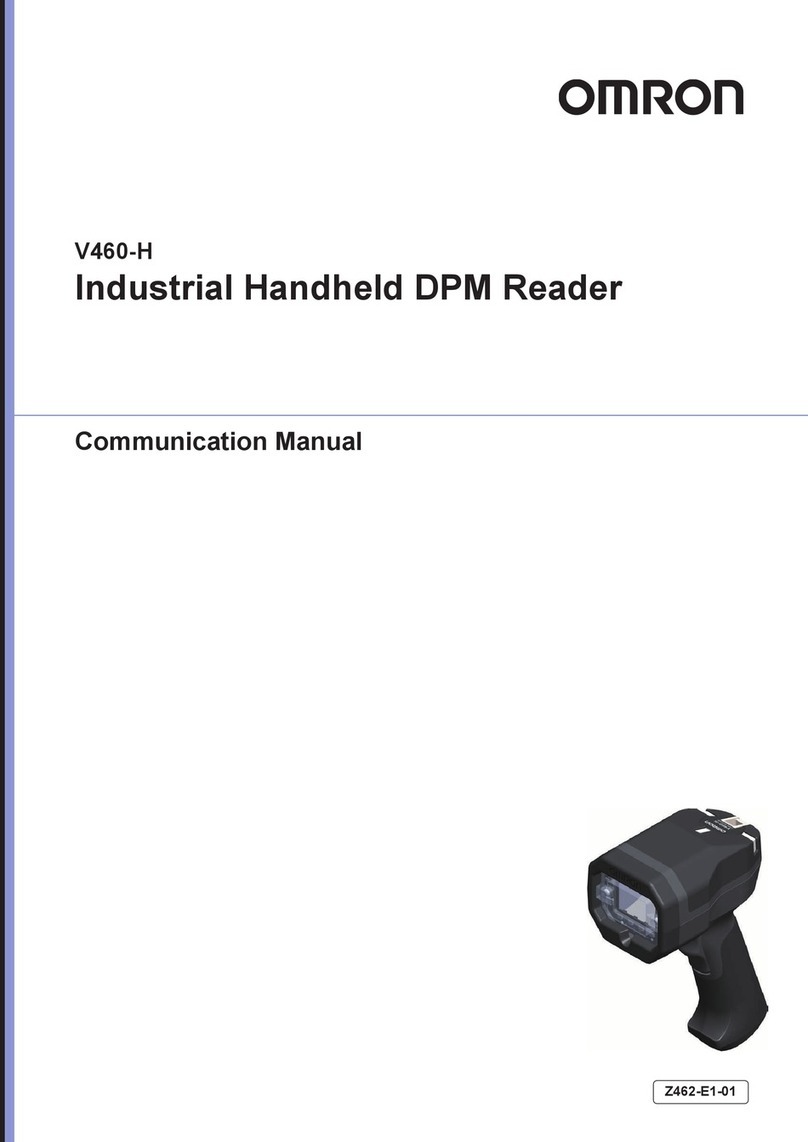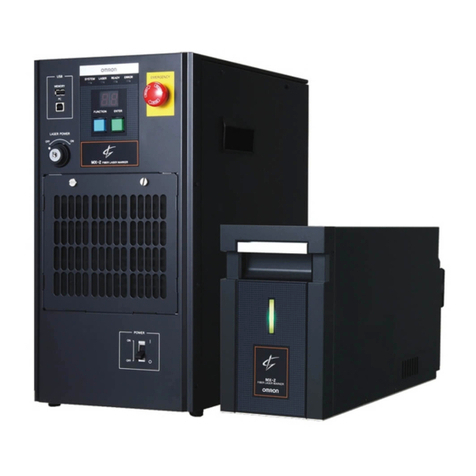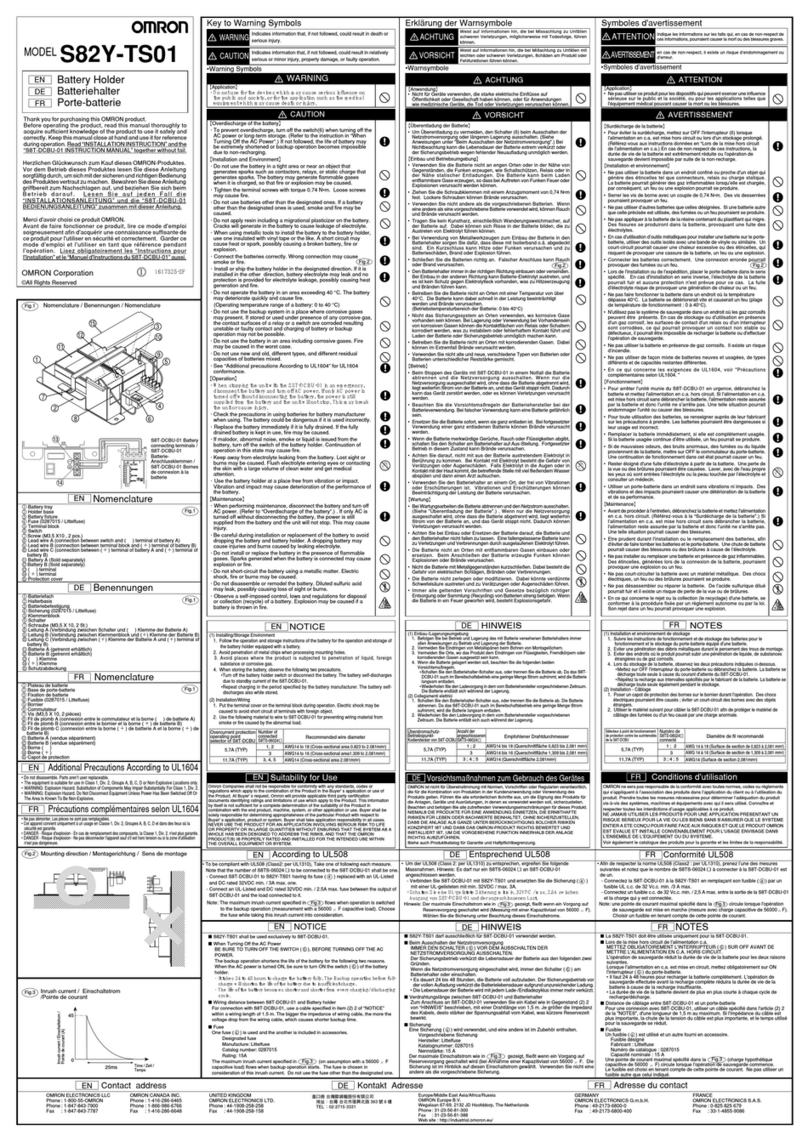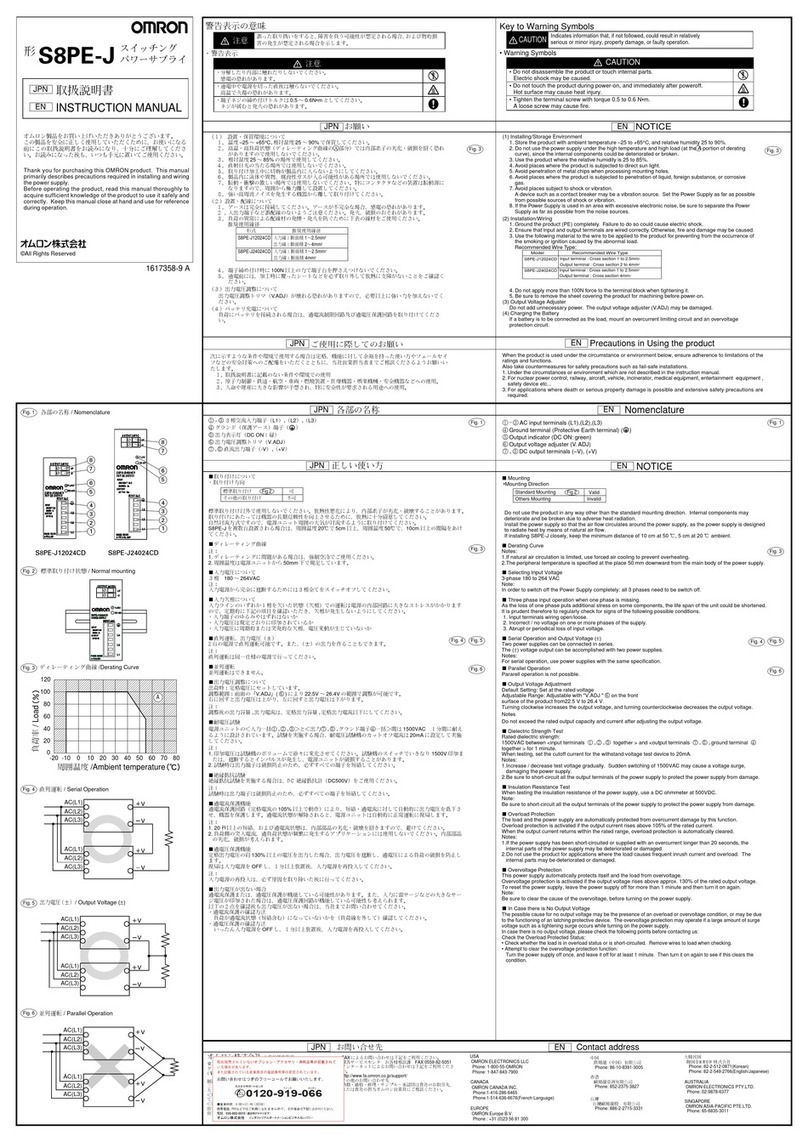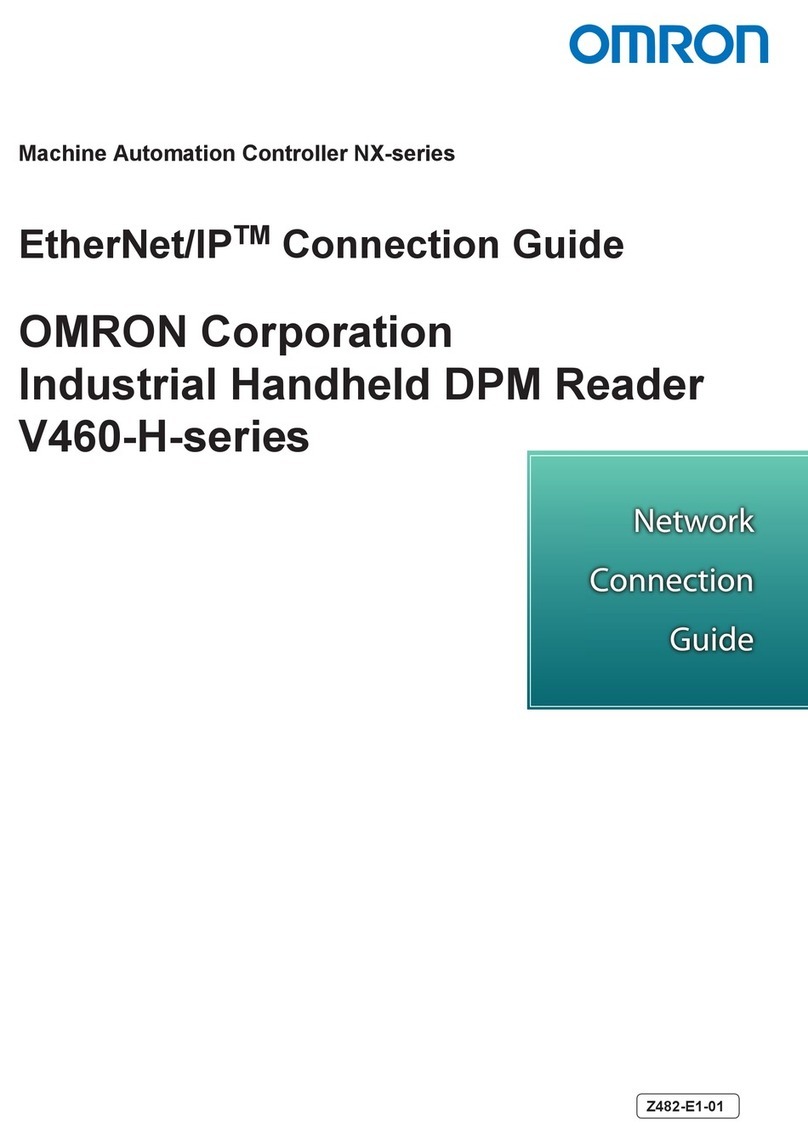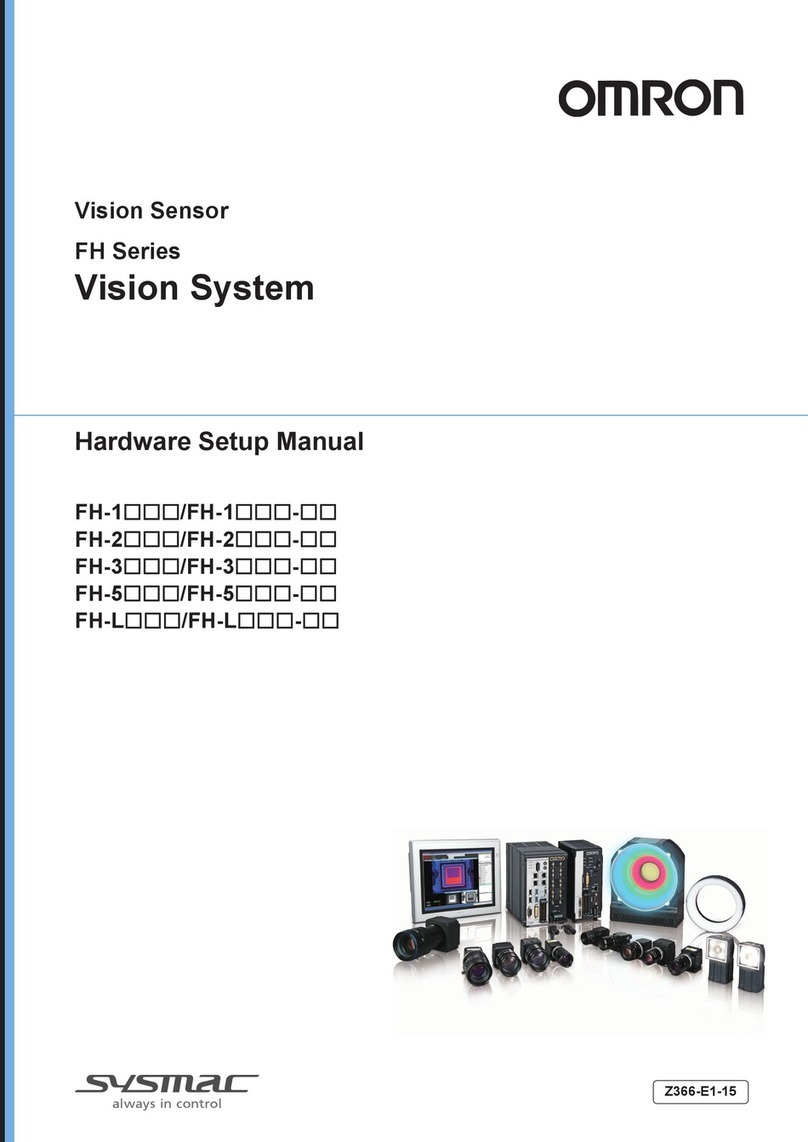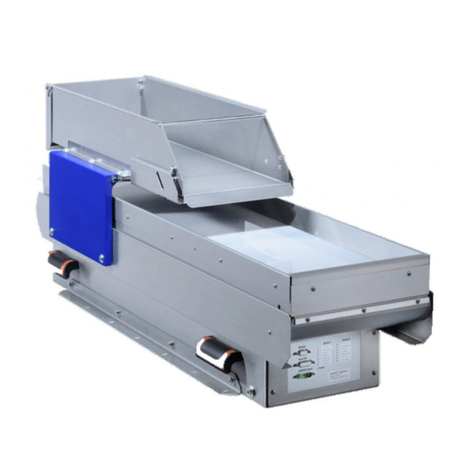
7
NJ-series
Troubleshooting Manual W503 NJ501-□□□□
NJ301-□□□□ Learning about the errors
that may be detected in an
NJ-series Controller.
Concepts on managing errors that
may be detected in an NJ-series
Controller and information on
individual errors are described.
Use this manual together with the
NJ-series CPU Unit Hardware User’s
Manual (Cat. No.W500) and
NJ-series CPU Unit Software User’s
NX-series Data
Reference Manual W525 NX-□□□□□□ Referencing lists of the data
that is required to configure
systems with NX-series
Lists of the power consumptions,
weights, and other NX Unit data that
is required to configure systems with
NX-series Units are provided.
NX-series EtherCAT
Coupler Unit User’s
Manual
W519 NX-ECC201
NX-ECC202
NX-ECC203
Leaning how to use an
NX-series EtherCAT
Coupler Unit and EtherCAT
Slave Terminals
The following items are described:
the overall system and configuration
methods of an EtherCAT Slave
Terminal (which consists of an
NX-series EtherCAT Coupler Unit
and NX Units), and information on
hardware, setup, and functions to set
up, control, and monitor NX Units
NA-series Programmable
Terminal Hardware
User’s Manual
V117 NA5-□W□□□□
NA5-□□W□□□□ Learning the specifications
and settings required to
install an NA-series PT and
connect peripheral devices.
Information is provided on NA-series
PT specifications, part names,
installation procedures, and
procedures to connect an NA Unit to
peripheral devices.
Information is also provided on
maintenance after operation and
NA-series Programmable
Terminal Software User’s
V118 NA5-□W□□□□
NA5-□□W□□□□ Learning about NA-series
PT pages and object
NA-series PT pages and object
functions are described.
NA-series Programmable
Terminal Device
Connection User’s
V119 NA5-□W□□□□
NA5-□□W□□□□ Learning the specifications
required to connect devices
to an NA-series PT.
Information is provided on connection
procedures and setting procedures to
connect an NA-series PT to a
Controller or other device.
NA-series Programmable
Terminal
Startup Guide
V120 NA5-□W□□□□
NA5-□□W□□□□ Learning in concrete terms
information required to
install and start the
operation of an NA-series
PT.
The part names and installation
procedures are described followed by
page creation and transfer
procedures with the Sysmac Studio.
Also operation, maintenance, and
inspection procedures after the
project is transferred are described.
Sample screen captures are provided
